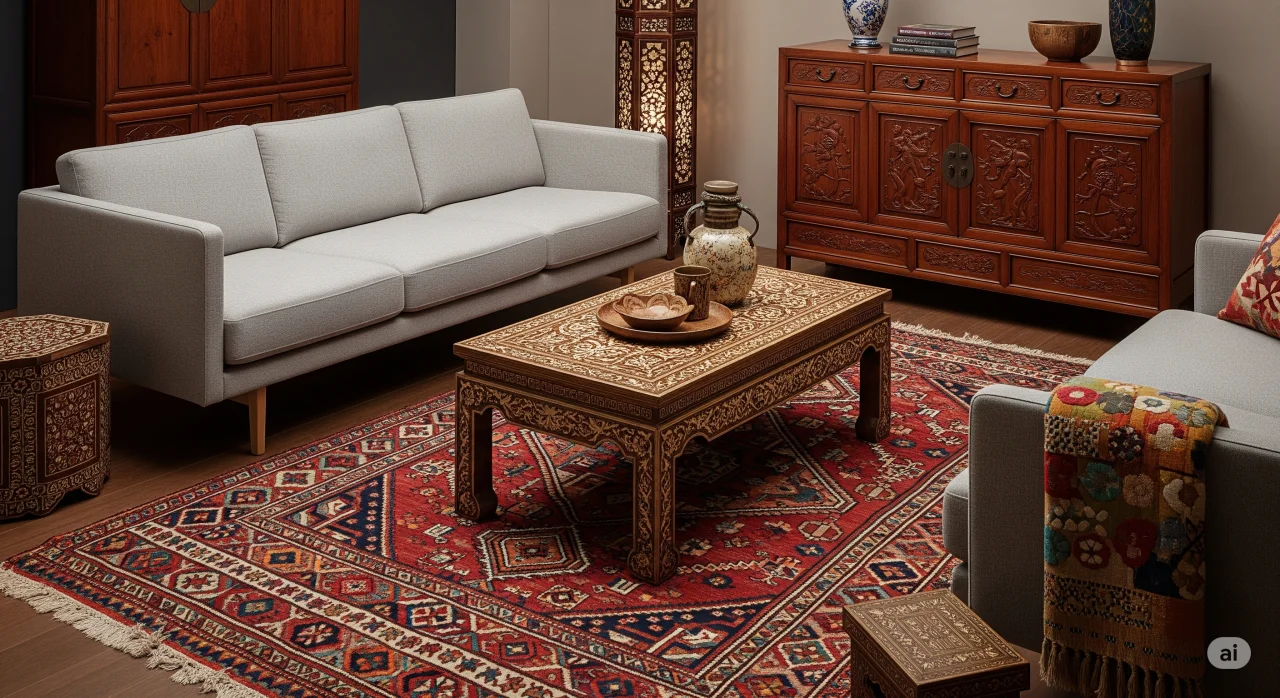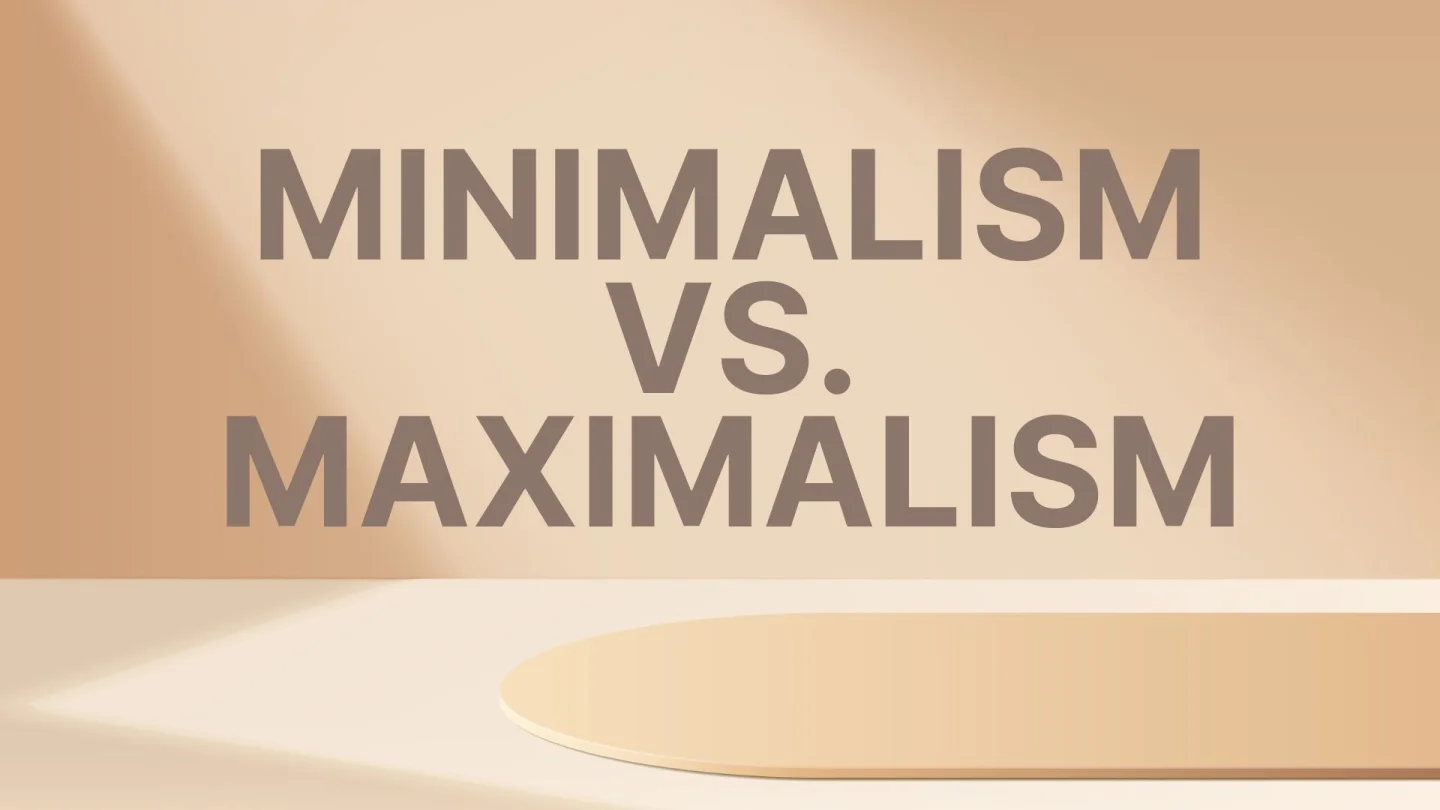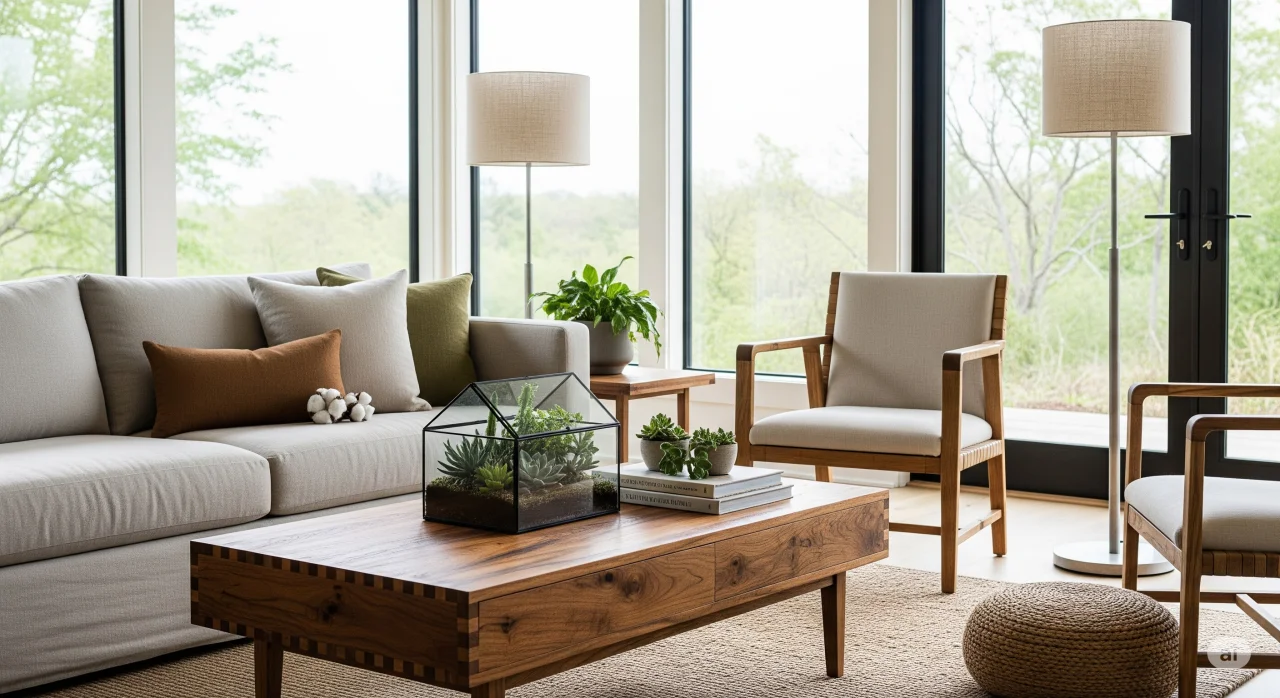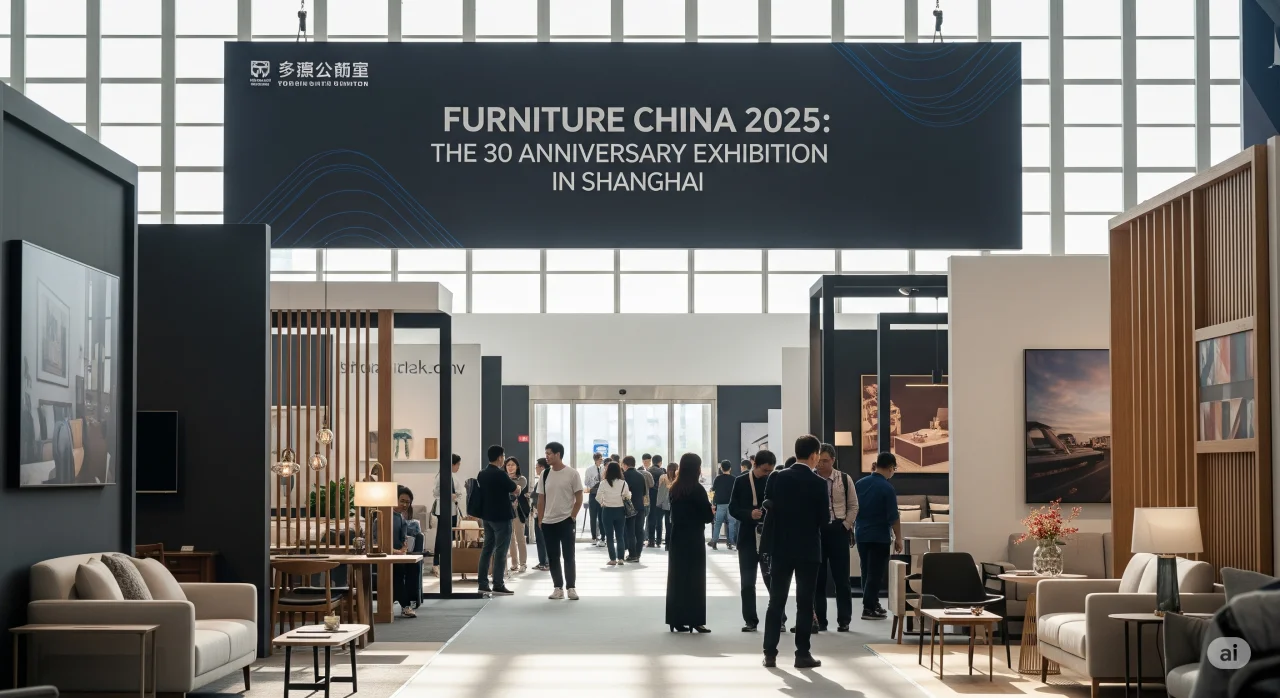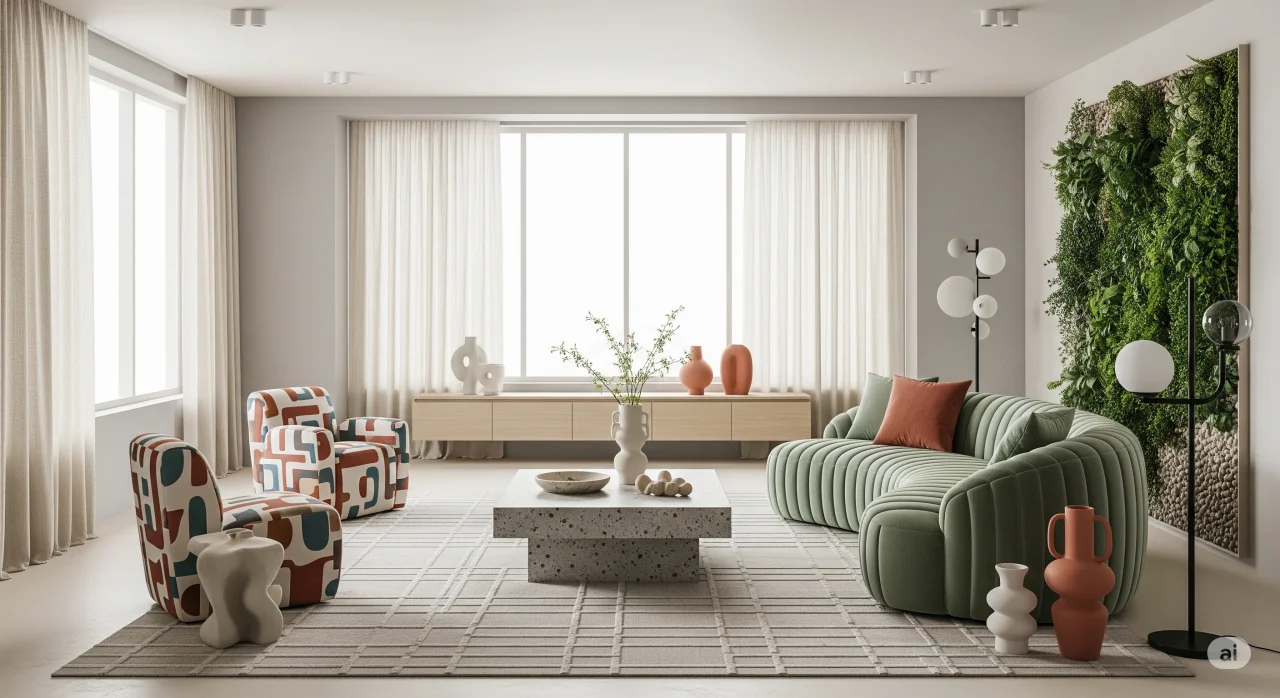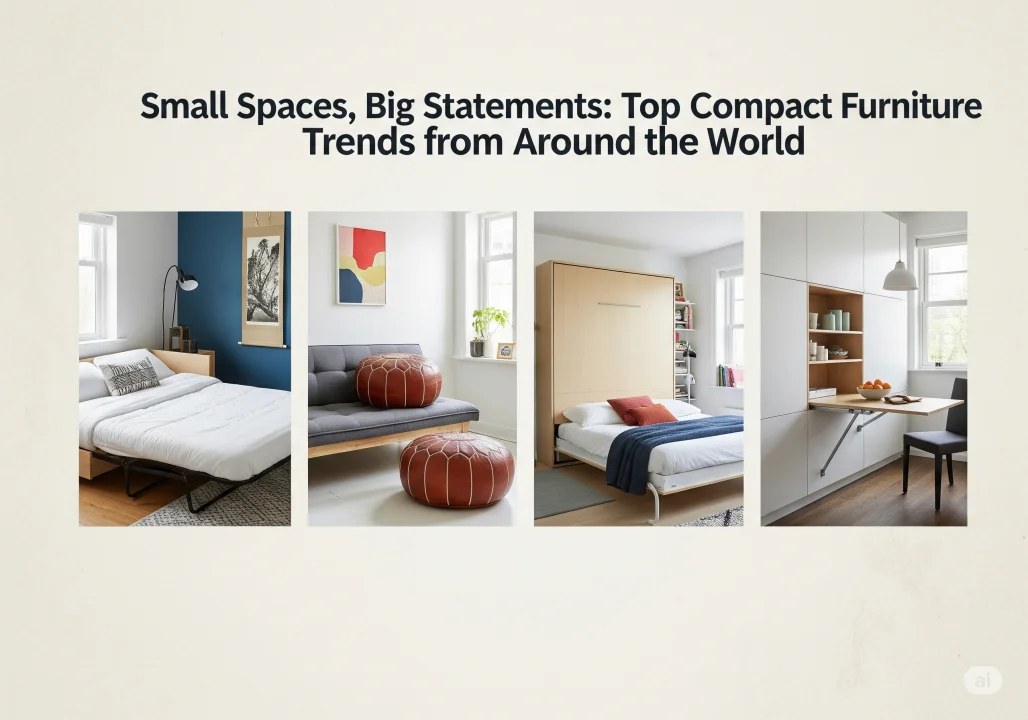Furniture design is no longer just about functionality or aesthetics—it's a reflection of culture, identity, and innovation. In 2025, the global furniture landscape is becoming more diverse than ever, as designers increasingly draw inspiration from local traditions, materials, and lifestyles. From Tokyo’s minimalist precision to Toronto’s multicultural fusion, cities across the world are influencing furniture trends in profound ways.
1. Tokyo, Japan: Minimalism Meets Precision
Cultural Influence: Zen philosophy, space-saving traditions, and clean lines.
Design Impact: Compact, multi-functional furniture with modular components.
Tokyo continues to lead the global conversation on minimalist living. In response to urban density, Japanese designers are embracing simplicity and function. 2025 sees a surge in transformable furniture—tatami-inspired mats, collapsible tables, and shoji-screen shelving—all blending traditional aesthetics with modern needs.
2. Copenhagen, Denmark: The Heart of Hygge
Cultural Influence: Hygge lifestyle, craftsmanship, and organic materials.
Design Impact: Warm wood tones, soft textures, and timeless silhouettes.
Danish design in 2025 remains a beacon of balance between comfort and style. Sustainability takes center stage, with designers using FSC-certified oak and recycled fabrics to produce pieces that are as eco-conscious as they are beautiful.
3. São Paulo, Brazil: Nature-Infused Expressionism
Cultural Influence: Vibrant colors, indigenous craft, and tropical nature.
Design Impact: Bold palettes, handmade textures, and natural materials.
Brazilian furniture design is experiencing a revival fueled by cultural pride and biodiversity. Expect 2025 collections that showcase native woods like ipê and jatobá, woven cane seating, and artistic patterns inspired by Amazonian tribes.
4. Toronto, Canada: Diversity as a Design Principle
Cultural Influence: Multicultural population, global perspectives, urban lifestyle.
Design Impact: Eclectic combinations, inclusive aesthetics, and modular design.
Toronto’s multiculturalism fosters an environment where global design languages intersect. Designers are blending South Asian embroidery with Scandinavian minimalism or African woodwork with Japanese joinery—creating hybrid pieces that celebrate global unity.
5. Lagos, Nigeria: Afrocentric Revival in Design
Cultural Influence: Tribal heritage, storytelling, and artisanal craftsmanship.
Design Impact: Bold prints, carved motifs, and culturally rooted structures.
Lagos is emerging as a hotbed of Afrocentric innovation. Furniture in 2025 from Nigeria carries deep narratives—each piece is a fusion of heritage and modernity, often handcrafted using local techniques passed down through generations.
6. Stockholm, Sweden: Designing for Longevity
Cultural Influence: Sustainability ethos, simplicity, and wellness.
Design Impact: Circular design models, flat-pack reinventions, and soothing palettes.
Stockholm designers in 2025 are pushing the boundaries of circular economy thinking. With second-life materials and low-impact manufacturing processes, Swedish furniture is leading the charge in environmentally responsible design.
The furniture trends of 2025 are not dictated by a single aesthetic or geographic region—they are the product of a global exchange of values, ideas, and identities. As we move further into a hyperconnected world, local cultures are no longer isolated; they are celebrated on the global stage, creating a rich, ever-evolving design dialogue.
Whether you're a manufacturer, designer, or curious observer, understanding these cultural influences is key to staying ahead in the world of global furniture design.

